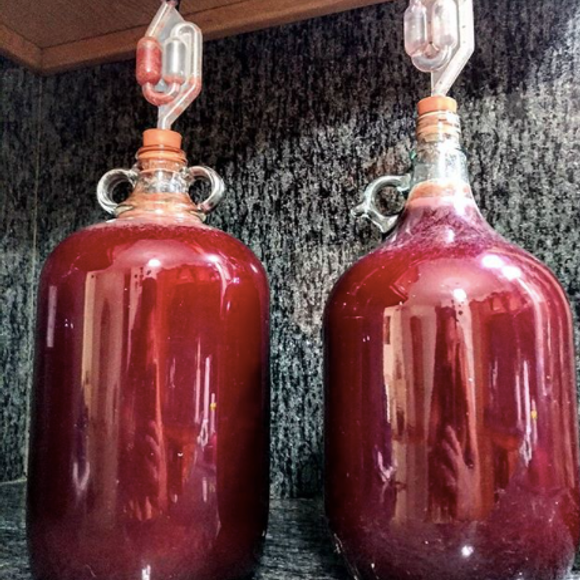Drinks
Prickly Pear Liqueur
This jewel-toned Sicilian and Maltese specialty is so sweet, it’s hard to believe it comes from a spiky cactus.
The jewel-red liquid gleams from rows of glass bottles, almost blood-colored fading to a deep maroon. This entrancing nectar is one of the Mediterranean’s most unique liqueurs, and it comes from an unlikely source: the prickly pear, also known as the cactus fruit. Traditionally made in Sicily, where it’s called liquore da fico d’india, and Malta, where it’s called bajtra, the liqueur is syrupy in texture with a flavor reminiscent of honeydew melon and an alcoholic kick.
The prickly pear’s hue isn’t the only colorful thing about it. Known scientifically as Opuntia ficus indica (or fico d’india in Italian), the fruit’s name literally translates to “fig of India.” It’s neither a fig nor from India. In reality, prickly pear, like most cacti, comes from the Western hemisphere and is native to the Southwestern United States and Mexico, where it continues to be a staple food. Transplanted to the Mediterranean after the Columbian exchange, the gnarly limbs of prickly pear cacti now lord over Sicilian and Maltese landscapes, forming organic fences between neighboring fields.
These deceptively thorny plants yield lush fruits. In Sicily, the cacti produce smaller fruits in August, which are culled to make way for a second crop of larger, fatter fruits that burst into ripeness by autumn. As an homage to their size, and presumably also to the painful spikes that cover them, Sicilians refer to this second crop by the delicate moniker bastardoni, meaning (you guessed it) “big bastards.” These rotund bastards are then harvested, peeled, fermented, and eventually transformed into the iconic liqueur.
Those not lucky enough to be in Sicily or Malta can find prickly pear liqueur online or in Mediterranean specialty stores. Ambitious at-home cooks can also buy the fruit and make their own versions. Prickly pear liqueur is traditionally consumed cold, in dainty glasses, with an after-dinner panna cotta or soft cheese. It’s also best consumed overlooking the turquoise Mediterranean, but even if you don’t have seaside real estate, the flavor of this iconic liqueur is sure to transport you. Cin cin!
Written By
 Reina Gattuso
Reina Gattuso
Sources
- malta.intercontinental.com/2016/08/31/feeling-prickly/
- www.italian-connection.com/italian-food-culture/bastardoni-prickly-pear-cactus-sicily/
- www.thethinkingtraveller.com/thinksicily/guide-to-sicily/food-and-wine-in-sicily/prickly-pears.aspx
- www.ilcuoreinpentola.it/ricette/liquore-ai-fichi-d-india/
- www.lifeinitaly.com/culture/cin-cin-or-is-it
- www.thethinkingtraveller.com/thinksicily/guide-to-sicily/food-and-wine-in-sicily/prickly-pears.aspx
- www.livescience.com/19868-centenarians-longevity-mediterranean-diet.html


















